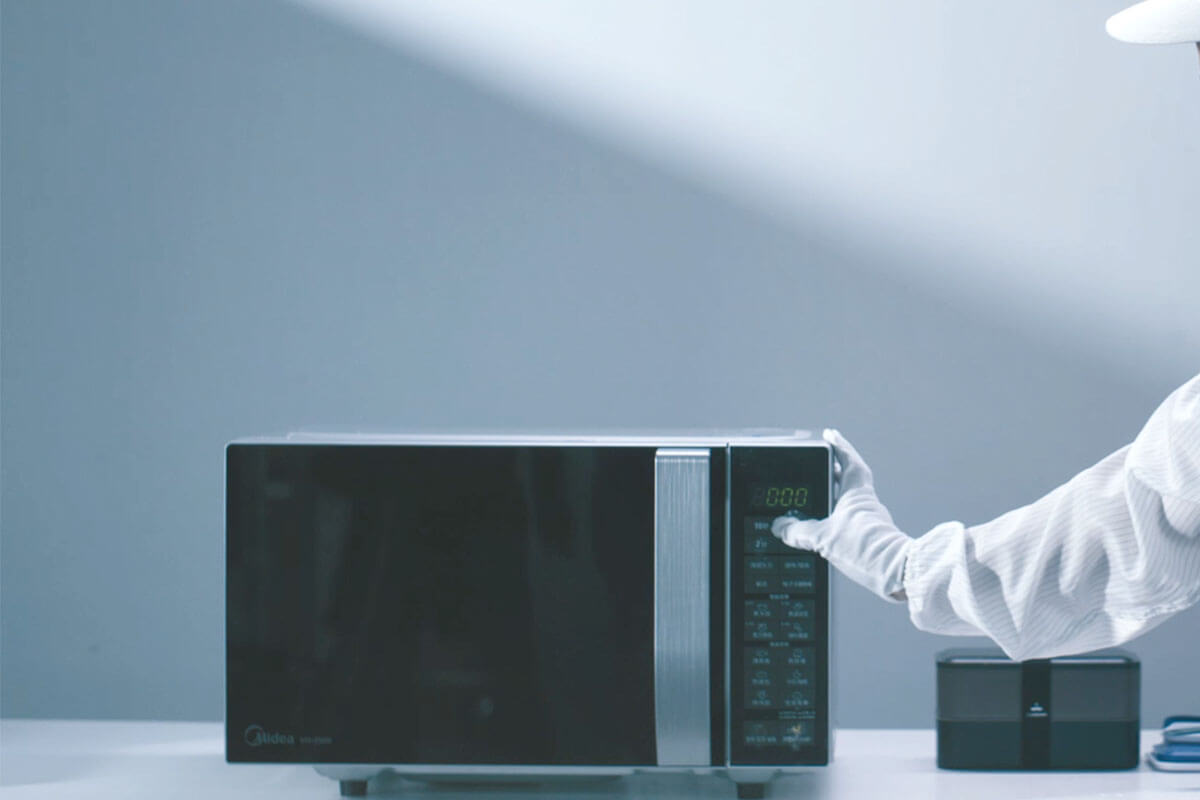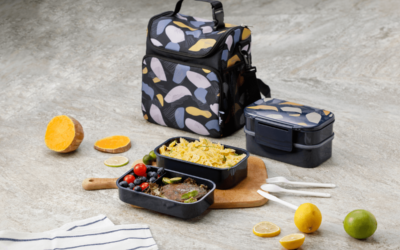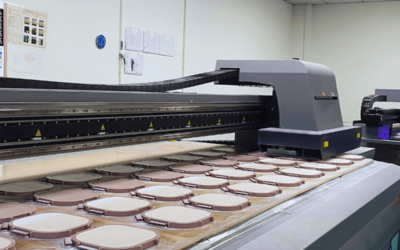Microwave Safe Plastic Lunch Boxes

The three problems faced by modern urban workers every day: what to eat for breakfast? What to eat for lunch? What to eat for dinner? For those who are better off, they bring their own lunchboxes to heat up their meals at home, while more people opt for the more convenient takeaway, which has to be heated up in the microwave after it has gone cold – either way, the microwave and plastic bento boxes and disposable plastic lunch boxes are a good companion for the working man’s dry meals. But the question is, is it really safe to microwave the plastic bento boxes and disposable plastic cutlery used to serve takeaways?
In 1988, the American Plastics Industry Association designated a set of plastic recyclable symbols, consisting of a triangular recycling symbol with Arabic numerals inside and letters at the bottom, which are printed on plastic products that we come into contact with every day, including all kinds of reusable lunch boxes, as well as disposable lunch boxes. There are seven main categories of plastic that we come into contact with on a daily basis, but there is one and only one that can be heated for use in a microwave oven.
PET/PETE plastic bento boxes
PET (polyethylene terephthalate) or PETE (polyethylene terephthalate) plastic is a type of plastic commonly used to make bento boxes. Bento boxes made from PET/PETE plastic are generally considered safe for use in the microwave, as long as they are labeled as microwave safe. This type of plastic is known for its high heat resistance and durability, making it an ideal material for food containers. However, like with any other plastic containers, it’s important to make sure that the bento box is labeled as microwave safe and to follow the manufacturer’s instructions for safe use in the microwave. Additionally, it’s always a good idea to avoid using any plastic containers that are cracked, scratched, or have cloudy or discolored surfaces, as these can release harmful chemicals into food when heated.
Two types of HDPE high density polyethylene plastic bento boxes
HDPE (High Density Polyethylene) is a type of plastic commonly used to make bento boxes. HDPE bento boxes can come in different forms and designs, but generally two types of HDPE plastic bento boxes are:
Reusable Bento Boxes: These are made from high-quality HDPE plastic that is durable and long-lasting. They are often designed to be used multiple times and can be easily cleaned for reuse.
Disposable Bento Boxes: These are made from a lighter weight HDPE plastic and are designed for single use. They are often less expensive than reusable bento boxes and are convenient for people who are on-the-go or don’t have access to a dishwasher.
Both types of HDPE bento boxes are generally considered safe for use in the microwave as long as they are labeled as microwave safe. However, it’s important to always check the manufacturer’s instructions for specific guidelines and to avoid using any bento boxes that are cracked, scratched, or have cloudy or discolored surfaces, as these can release harmful chemicals into food when heated.
Three types of PVC PVC plastic bento case
No. 3 plastic PVC, is one of the most controversial types of plastic among them. With plasticisers can change its softness, plasticity is very strong, but because the heat resistance is very poor, the production process must use stabilisers, and these stabilisers usually contain heavy metals, so it is banned in many countries.
Four types of PE, LDPE polyethylene, LDPE plastics bento case
No. 4 plastic, PE or LDPE, polyethylene or low-density polyethylene, as the name suggests it is the opposite of Type II HDPE high-density polyethylene, can be seen as a thinner version of HDPE, generally used as plastic bags, cling film, etc., flexibility than HDPE. Because of the lower density, its heat resistance is worse than the second category of plastic to some, generally 70 ~ 90 °, so plastic bags, cling film is not high temperature, not suitable for holding higher temperature food – many people like to bring cling film into the microwave heating, which is a wrong approach.
Five types of PP polypropylene plastic bento case
No. 5 plastic PP, it is more stable chemical properties, and can even withstand up to 200 ℃ high temperature, colourless and non-toxic, which is also our daily plastic lunch box, mugs and other disposable, non-disposable tableware used in the material, it is also the only category can hold high temperature food, can be heated into the microwave plastic, but never put into the oven, with an external heat source directly heated PP plastic to hot rice, and not directly with an open flame to heat.
Class 6 PS polystyrene plastic bento case
No. 6 PS, is poorly degradable a plastic, the sea caused greater plastic pollution, the texture is more soft, good insulation performance, has been more widely used as disposable fast food boxes, and now there are many bowl noodle manufacturers used as a noodle box, and some foam board is actually made of PS. However, its chemical stability is poor, heat resistance is also relatively general, in addition to less environmentally friendly, but also less suitable for holding higher temperature food.
Other plastic bento cases
As the name implies, it refers to other plastics other than the above 1~6 types. In addition to the above types of plastics, there are many other plastics on the market with different characteristics, advantages and disadvantages, so the 7 types of plastic bento boxes have to be analysed specifically.
Related Posts
How To Pack Lunch For Work? 12 Tips for Packing Food with Ease
Busting your food budget? Want to bring lunch to work? Here are some of the most effective tips to help you figure out how to pack lunch for work. Do you know the secret to living a long and healthy life? It’s eating home-cooked meals! It's not only the key to a...
What Is UV Printing ? Know Its Process and Advantages
Thinking of using UV printing? Read on to learn about its working process, benefits, drawbacks, and more to determine whether it is the right one for you.UV printing is a revolutionary printing technology that has made commercial printing easy and faster. The durable,...
How To Successfully Develop and Produce Bento Boxes: From Idea To Market
Introduction Everyone around us is surrounded by carefully designed objects every day, including the bento boxes, lunch bags, cutlery, etc. that we use every day, all carefully designed by a person or team. From a creative idea to a commercial launch, this is what...




0 Comments